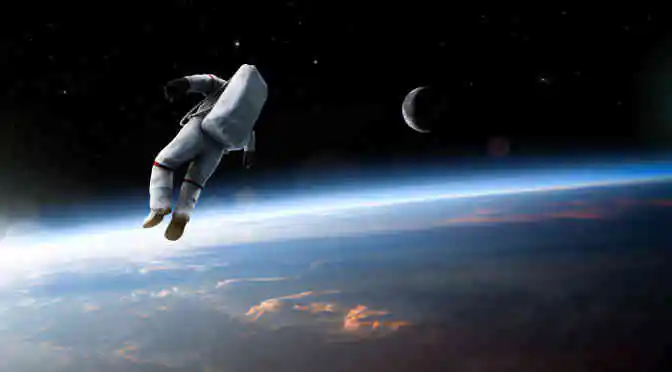One of the best examples of man’s quest to tame the unknown is the growing interest in space habitats. The double-digit growth in the global space habitat market is testimony to how the human race is gearing towards changing its residential address– from planet Earth to outer space.
Space habitats: Housing humans in outer space
Also known as an orbital habitat, space habitats are space stations that are designed for permanent settlement on a celestial body other than Earth. The main reasons for the growing interest in space habitats are:
- Desire to ensure survival in case of a global disaster
- Need for new lands for Earth’s growing population
- Creation of wealth through space resources
Under its NextSTEP-2 project, NASA plans to send astronauts to Mars by 2030. The six private companies selected by NASA to design and develop deep space habitats are:
- Lockheed Martin
- Orbital ATK
- Sierra Nevada Corporation
- Nanoracks
- Bigelow Aerospace
- Boeing
Read: Top 7 Companies in Space to Watch Out For in 2018
While Sierra Nevada’s space habitat will be based on the Dream Chaser cargo module, Bigelow is planning to build upon the firm’s Expandable Activity Module (BEAM), a 16-cubic-meter inflatable spacecraft.
Top 3 trends in the global space habitat market
1) Recycling of resources
According to our space market experts, the provision for recycling of resources is one emergent trend in the global space habitat market. For instance, the carbon component present in human-generated waste can be used to produce methane gas. Similarly, power can be generated through the solar propulsion systems installed on the spacecraft.
2) Adoption of reusable launch vehicles (RLVs)
The idea of the RLV was first propounded in the 1950s, though lack of low-cost technology was a deterrent in the development of these vehicles. But today with technological advancements, RLVs are being designed by several space companies. As these vehicles can be reused for several launches, industry experts hold the opinion that RLVs will boost the growth of the global space habitat market.
RLVs not only help save on time, cost, and resources, but also increase the rate of error-free rocket launches. At present, RLVs are being regularly used for supplying resources to the International Space Station. Keeping the advantages of RLVs in mind, companies have already built reusable rockets, such as SpaceX’s Falcon 9.
3) Growing craze for space tourism
Another major trend that is creating a positive impact on the global space habitat market is that of space tourism. As per our newest report on space habitats, 2018 will be the year when space tourism will commercially take off. With all the major space companies working on turning space tourism into a workable reality, the drive to create space habitats which are congenial for human trips is catching up. Additionally, the race to space has also triggered an increased amount of R&D investments and innovation in the space habitat market.
Read: Be A Pioneer in The Space Tourism Industry. Here’s What You’ll Need.
Rounding up: Space habitats are taking off soon!
The continuous interest in outer space and advancements in space technology will play a critical role in the expansion of the global space habitat market. Most developed nations are leveraging the growing interest in space tourism and making huge investments into the space economy. And sure enough, deep space could fuel the next great gold rush!



